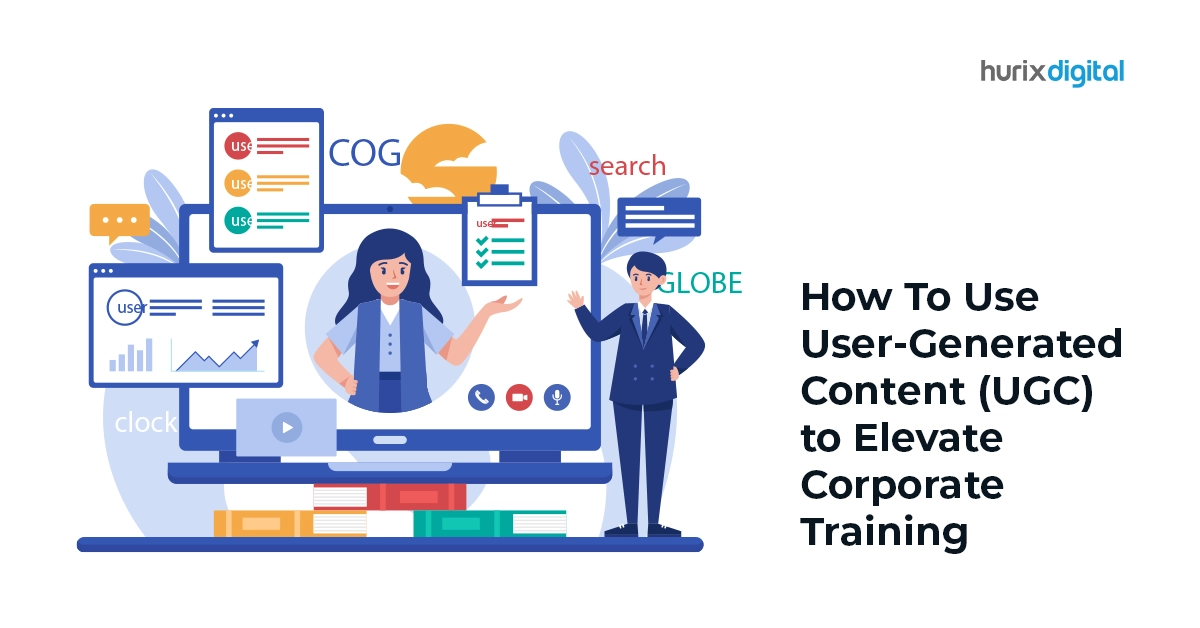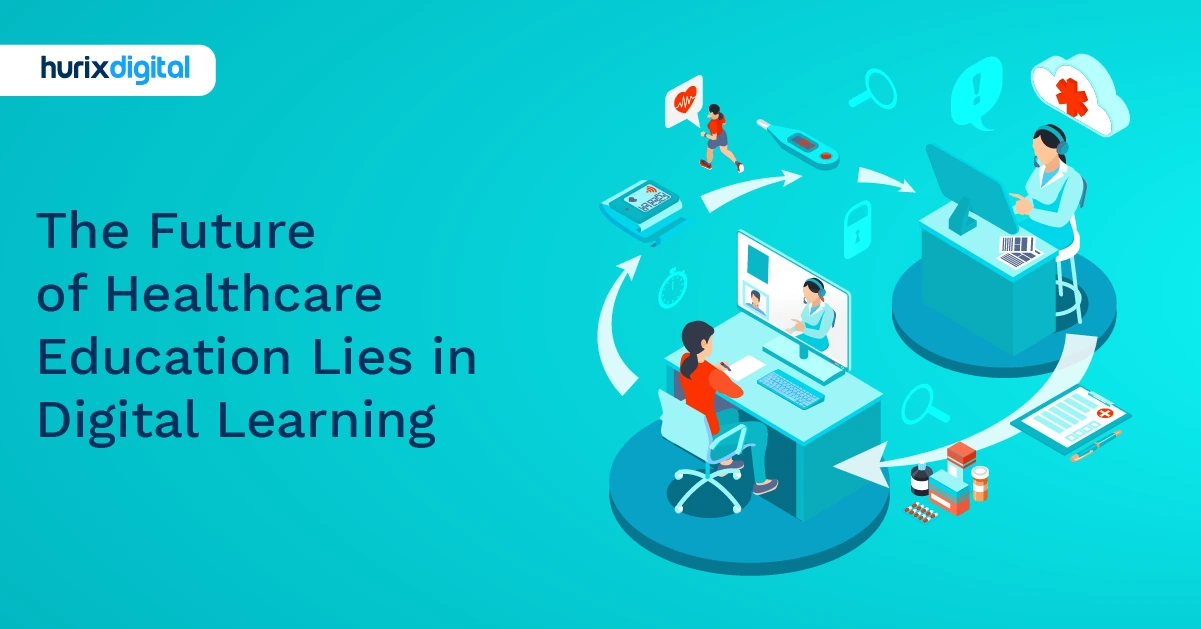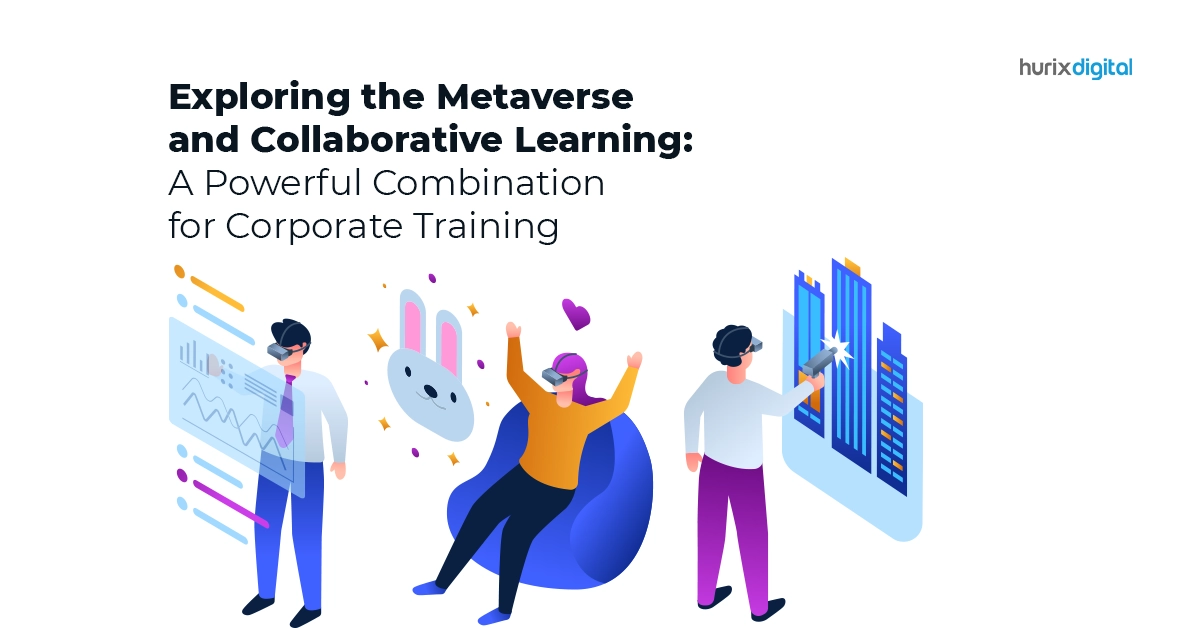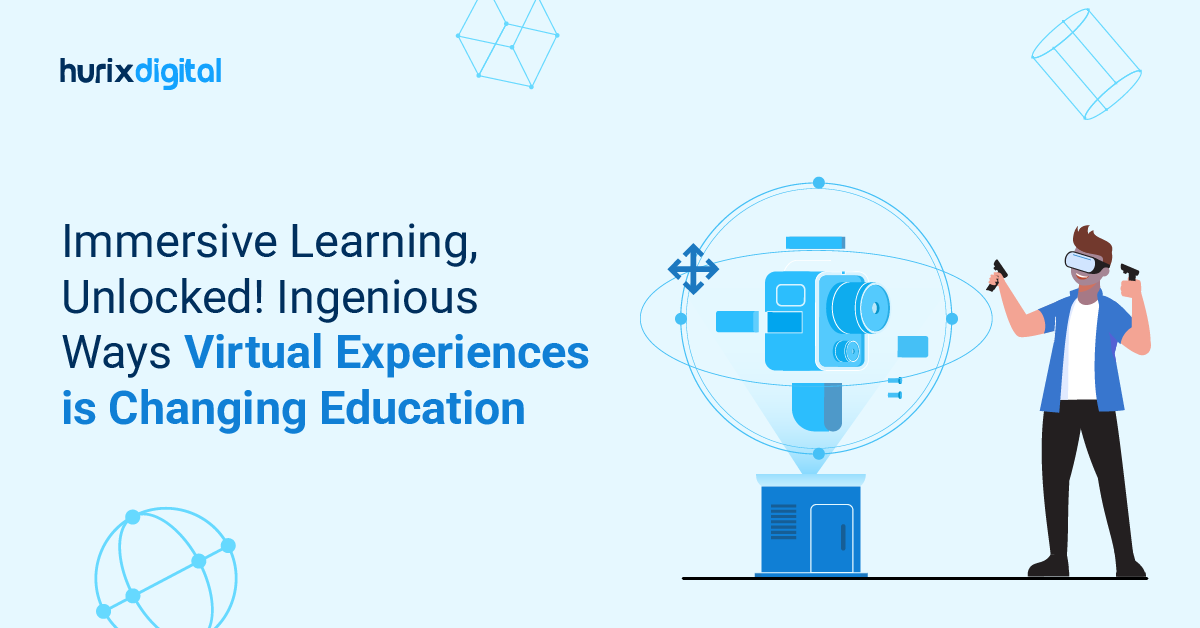
How To Use User-Generated Content (UGC) to Elevate Corporate Training?
Summarize with:
User-generated content or UGC may sound like just another business jargon term, but it has incredible power. Marketers are already leveraging UGC to capture the target audience and bring in more revenue. Looking at the amazing success rate UGC delivers, other departments like learning & development are also harnessing its power.
UGC in corporate training may not be an unfamiliar concept. However, it is only recently that L&D professionals are considering implementing employee-generated learning.
So, what is UGC in the training program, and how do you use it effectively? As we move further into the blog, we will examine various aspects of training content enhancement and how UGC can elevate L&D practices.
Table of Contents:
- What is Employee-Generated Learning?
- Why is User-Generated Content Essential for Corporate Learning?
- Types of User-Generated Content In Corporate Training
- How does UGC make an impact on the efficiency of collaborative learning?
- Implementing Employee-generated Learning: Potential Roadblocks
- UGC Best Practices to Overcome Execution Challenges
- Want to Make Collaborative Learning a Reality?
What is Employee-Generated Learning?
According to a report by PwC, around 74% of employees want to acquire a new skill during corporate training. However, with generic knowledge, employees find themselves drowned in irrelevant information. This has put an additional burden on L&D teams to create highly targeted content with inputs from the SMEs (subject matter experts) within the company.
Organizations are adopting new approaches to address these issues, and one such way is UGC-driven corporate training. This includes content that’s created by the learners rather than subject matter experts.
Are you wondering how user-generated content can work for something as structured as corporate training? It’s simple: Any content having educational value and relevant information can be used. This may include quizzes, podcasts, or well-researched articles.
Why is User-Generated Content Essential For Corporate Learning?
UGC in training programs is created with inputs from in-house employees. For instance, digital marketers make a video case study based on their real-life experience to train other marketers. This provides a comprehensive perspective, making the learning and development more focused and collaborative.
Here are a few reasons why employee-generated learning is crucial for corporate learning:
- Better buy-in: Employees would find the training resource credible as it comes from their peers.
- Enhanced participation promotes a sense of camaraderie.
- It’s budget-friendly as it mostly includes case studies, presentations, videos, or Q&A forums.
Types of User-Generated Content In Corporate Training
Unlike elaborate and fun-based UGC on Instagram or TikTok, employee-generated content is simple yet informative. Here are different types of UGC that can be used for learning and development in an organization:
- Interactive quizzes for knowledge reinforcement and retention.
- Discussion forums for collaborative learning. For example, Trailblazer by Salesforce.
- Video testimonials and demonstrations add more authenticity.
- Collaborative projects such as hackathons.
Also Read: Staying Ahead of the Curve with Personalized Learning in the IT Industry
How Does UGC Make an Impact on The Efficiency of Collaborative Learning?
UGC in training programs not only creates a strong learning culture within the organization but also enhances skill development.
Here’s how collaborative learning impacts the effectiveness of corporate training:
1. Brings a New Life to “Monotonous” Training Content
There’s an information overload on the internet. It’s difficult to sift through a sea of information to get hold of relevant and business-specific insights. Such generic knowledge can make training monotonous.
- Employee-generated content leverages real-life experiences and makes the training more viable and company-specific.
- Discussing what works rather than what needs to be done will make the content more engaging, creating the desired impact on the learners.
2. Makes L&D More Agile
Businesses that invest heavily in learning and development to cultivate a strong learning culture have an increased retention of 50%.
That being said, it becomes crucial for the L&D department to become more agile to meet future needs.
Collaborative learning frees up time for the L&D department, allowing them to focus on evolving training trends and work on strategies to bring a comprehensive learning culture across the organization.
3. Turns Learning into a Community Activity
In a traditional whiteboard training model, communication is usually one-way. Here, the trainer does all the talking, with occasional participation from trainees.
- Employee-generated learning is more like a community activity where each stakeholder can share their experiences.
- The exchange of knowledge and real-life use cases encourage two-way conversation, making it easier to understand even the most complex topics.
4. Gives a Diverse and More Realistic Perspective
The diverse workforce within an organization holds an abundance of practical insights based on their experiences. Companies are increasingly using this wealth of information by implementing collaborative learning.
This corporate learning model collects, stores, and leverages real-world experiences, ensuring learners develop diverse and realistic perspectives.
Implementing Employee-generated Learning: Potential Roadblocks
While UGC in corporate training has endless benefits, it’s an uphill battle to implement it successfully.
Here are some of the roadblocks that make employee-generated content difficult:
- Substandard Quality: Employees aren’t great instructional designers. Their idea about learning methodologies or theories is limited. As a result, the employee-generated content might not meet the quality standards. Also, spelling, grammar, and formatting issues further affect the quality.
- Susceptible to Misinformation: While professionals have the knowledge and experience, they might have biased opinions. As a result, the learning and development material becomes vulnerable to misinformation.
- Participation Challenges: Most professionals juggle multiple things at once. Making them excited to share knowledge or participate in collaborative learning is difficult.
UGC Best Practices to Overcome Execution Challenges
For every problem, there’s a solution. You can implement the following UGC best practices to make collaborative learning more effective:
1. Make the Training Enjoyable
Turn corporate training into an intuitive and interesting game-based learning experience to keep the learners engaged.
Integrate gamification features such as quizzes and challenges to make corporate learning more enjoyable.
2. Create Future-proof and User-friendly Training Modules
An easy-to-navigate and user-friendly interface removes learning barriers and encourages active participation.
Make sure you adopt a robust platform to ensure seamless logins and module access.
3. Focus on an Inclusive Learning Environment
An inclusive and accessible learning environment has become the need of the hour.
- Make sure there’s the right firmware and software that allows every employee- irrespective of their disabilities- to contribute to learning and development.
- Encourage every employee to share their insights and engage in discussion.
4. Quality Control is the Key
Quality control is essential as employee-generated content may lack the precision and insights of SMEs.
Make sure you actively moderate and critically examine every learning and development material to ensure contextual accuracy and educational value.
Also Read: The Importance of Translation and Localization in Workforce Learning
Want to Make Collaborative Learning a Reality?
The business world is evolving at a lightning speed. Traditional corporate training methods may not match the changing trends, resulting in skill gaps.
Harnessing the power of employee-generated learning modules is a great way to bridge this gap and help companies make learning and development more focused and effective.
If you are looking for an expert solution provider to leverage UGC in corporate training, consider Hurix Digital. We are one of the leading names in eLearning solutions and have delivered scalable services that fit your needs and budget.
Schedule a call now and make collaborative learning a reality.
Summarize with:

Performance, Results, Growth, and Life-Long Learning define my professional life. I am passionate about making workplace learning planful, purposeful, and impactful. I take pride in partnering with clients and bringing them the best in learning design and creating solutions that address business challenges.
 Upcoming Masterclass | Build an Army of Brand Evangelists using Training & Development | November 20th, 8:30 AM PDT | 11:30 AM EDT | 10:00 PM IST
Upcoming Masterclass | Build an Army of Brand Evangelists using Training & Development | November 20th, 8:30 AM PDT | 11:30 AM EDT | 10:00 PM IST




